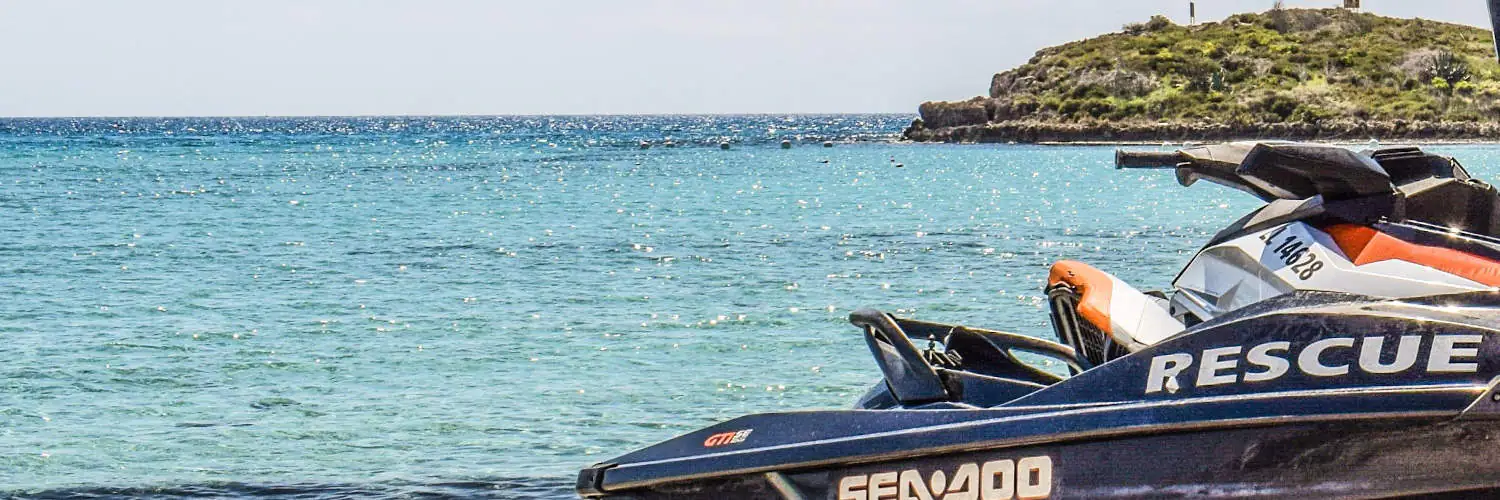Table of Contents
Snorkeling Dive Flag: Essential Safety Guidelines for Divers
Understanding Snorkeling Flags
Significance of Dive Flags
Dive flags play a crucial role in ensuring the safety of snorkelers and scuba divers. They alert boaters and other watercraft operators about the presence of divers, helping avoid accidents. Visibility of snorkelers can be significantly reduced due to water fluctuations, making dive flags a necessary cautionary tool.
Key Features of a Snorkeling Flag
A typical snorkeling flag consists of two colors: red and white. The red field symbolizes danger, while the white stripe running diagonally represents the diver. The flag’s minimum dimensions vary based on their placement, with buoys requiring at least 12×12 inches and vessels needing a minimum of 20×24 inches.
Regulations and Laws Surrounding Dive Flags
Laws surrounding the use of dive flags differ by location. In most areas, displaying a dive flag is mandatory whenever a diver is in the water. Generally, flags must be hoisted on the vessel’s highest point, ensuring visibility from all sides. When divers are not in the water, the flag should be removed. Failing to adhere to these rules and regulations can result in fines and increased risk of accidents.
Usage of Dive Flags in Different Parts of the World
Dive flag usage varies worldwide. In the US, states like Florida have specific regulations governing dive flag use in snorkeling and scuba diving, including minimum size requirements and maintaining a safe distance from navigation channels. Other countries may have similar rules, emphasizing the importance of dive flag education and best practices for water safety.








